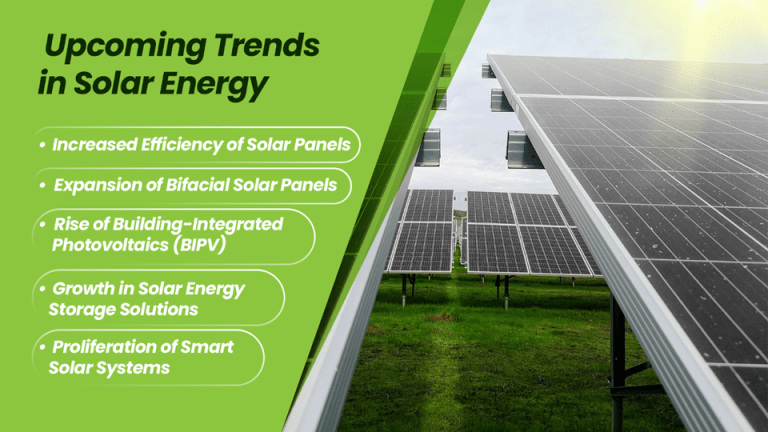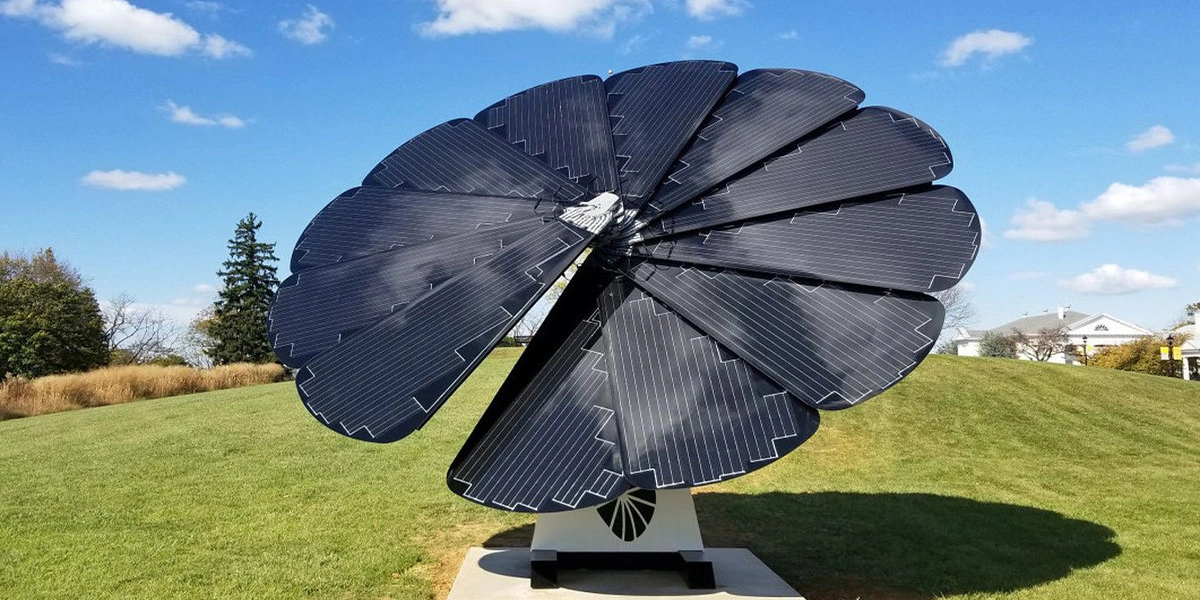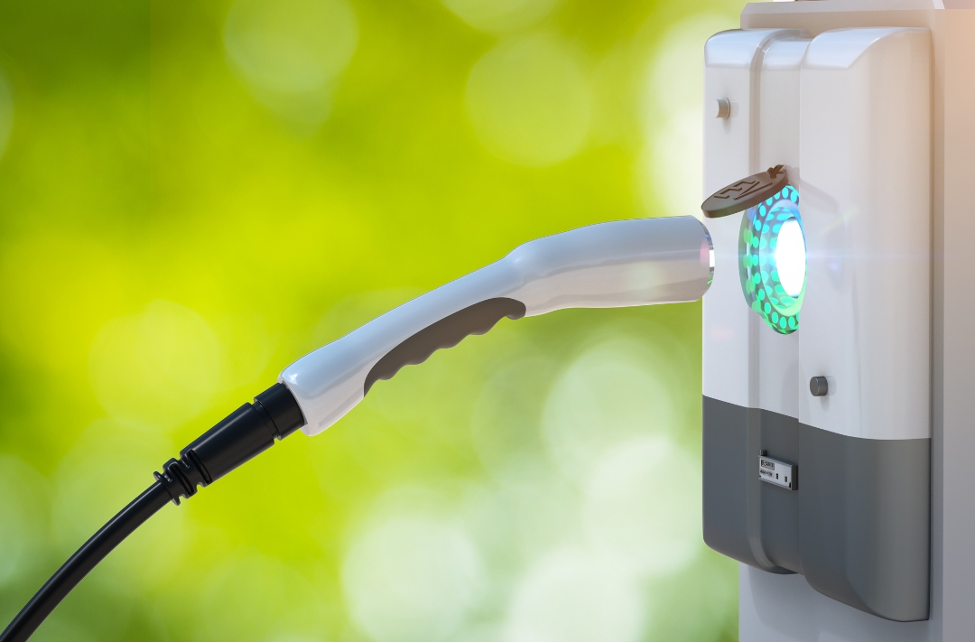- Published On:
New Solar Panel Technology Trends 2025: Shaping The Future Of Clean Energy
Solar panel technology is entering a new era, driven by innovative breakthroughs transforming the energy landscape. New developments such as ultra-lightweight solar panels that can be bent into any form and advanced solar cells that produce more power from the same amount of sunlight are among the most exciting solar energy technologies. Just think of solar windows; or solar cars that have integrated design and structures. These are not pictures you would draw; it is happening now. Also, perovskite solar cells and bifacial solar panels are becoming efficient and affordable solar options for all consumers.

In this article, we are going to explore how the innovations in solar technology are creating new opportunities for reducing energy costs, boosting energy independence, and contributing to a greener planet for future generations.
5 Latest Innovations In Solar Technology
Advancements in solar panel technology include new, cheap materials, better manufacturing, flexible designs, and improved solar cells. This advance is bringing a new era of efficiency and access to solar photovoltaics. Read on to learn about the latest solar panel technology, and how it will affect the PV market in 2025.
Perovskite Solar Cells
As solar panel prices have dropped, it’s harder to cut manufacturing costs. Nowadays, silicon is used for manufacturing almost all solar panels. Perovskite solar cells are a good option. They are efficient and cheap to make. Perovskites are a semiconductor material known for its crystal structure resembling perovskite minerals. Because perovskite semiconductors can absorb broad wavelengths, including visible and near-infrared spectra, they are a very effective way of converting sunlight into electricity. Its low cost and relatively easy production technique, combined with continuous research to increase its stability and solar efficiency, make it a potentially revolutionary material for the renewable energy sector, competing with conventional silicon-based semiconductors.
Transparent Solar Panels
An era of new solar technology has begun. Transparent solar panels let windows and facades generate power. They also keep visibility and light. These innovative panels use photovoltaic (PV) technology. They integrate into architectural features like windows and building exteriors. Made with transparent PV glass, they create both beautiful structures and renewable energy. Transparent solar integration offers a unique approach to fusing functionality and design. By using solar electricity, these innovative panels enable constructions to be both visually beautiful and energy-producing without obstructing views or diminishing natural light. Whether placed in a house or a skyscraper, transparent solar panels combine design and function to contribute to a more environmentally friendly and sustainable future.
Floating Solar
A new perspective is floating systems, often referred to as floatovoltaics, have great potential in the further development of the solar industry. These farms are formed by installing solar panels on platforms floating on water bodies such as lakes, reservoirs, and seas. Among the many benefits of floating solar farms are their increased efficiency because of the cooling impact of water, lower land expenses, and the utilization of space that would otherwise go unused.
Bifacial Solar Panels
Bifacial solar panels absorb sunlight from both the front and the rear of the module, offering a distinct advantage in the production of solar energy. They may use reflected sunlight from other surfaces, such as the ground, water, or neighboring buildings which increases the amount of electricity produced. Bifacial solar panels are efficient and adaptable. They are great for commercial solar installations and large solar farms, boosting solar energy’s financial viability. The National Renewable Energy Laboratory (NREL) is studying a new technology with aims to improve bifacial perovskite solar cells.AI-Optimized Energy Systems
Solar energy systems are new advances in Artificial Intelligence (AI). AI platforms are capable of estimating the generation of energy following climatic conditions, regulating energy storage, and handling the grid interface with optimal approaches. Such smart systems can use data patterns to reduce the wastage of energy and provide security in the supply of energy. AI can be also used to enhance the positioning of the solar panels, including factors such as shadows cast by trees or other buildings and, the pitch and direction of the roof at which solar panels are mounted. Currently, AI is used to optimize the installation process and to increase the amount of energy produced from solar systems reducing the costs for both, residential and commercial users.
Upcoming Trends In Solar Energy
Innovations in solar energy have the potential to completely transform how we produce and use electricity. The following key areas will drive the future of solar energy:

Increased Efficiency of Solar Panels
New materials and better designs have improved solar panels. They now convert more sunlight into electricity. This makes solar technology cheaper and more accessible.Expansion of Bifacial Solar Panels
Bifacial solar panels capture light from both sides. They are becoming more common. The production of energy is greatly increased by this technology, increasing the efficiency and productivity of solar installations. Tamesol’s TM Series® HC BIFACIAL is their latest bifacial solar panel. It is perfect for the growing trend in bifacial panels in the solar sector. These panels significantly increase energy production since they capture sunlight from all sides.Rise of Building-Integrated Photovoltaics (BIPV)
BIPV incorporates solar technology into windows and roofing, among other building components. This approach broadens the use of solar technology in urban settings while also improving aesthetic appeal.Growth in Solar Energy Storage Solutions
One important trend is the development of energy storage technologies, including solid-state and lithium-ion batteries. With these innovations, solar energy is now reliable and provides a steady flow of electricity even when there isn’t much sunlight.Proliferation of Smart Solar Systems
Integration of solar systems with smart technologies is growing in popularity. IoT and AI in smart grids can boost solar power systems and monitor and optimize energy output in real-time. Solar energy is the future. New tech will only make it cheaper, easier to access, and more efficient. These advances are changing how we produce and use energy. They range from better solar cells and panels to new ideas in energy management and storage. As solar technology advances, it will be vital to our low-carbon, sustainable future. It will provide clean, renewable energy to cities, homes, and businesses.Related Articles:
SmartFlower solar panels stand out as a brilliant fusion of technology and elegance. These sunflower solar panels are best suited for homes and businesses interested in going green without compromising on looks. explore how they work and unique features!
A recent innovation is transparent solar panels, which allow you to harness solar power without compromising aesthetics or efficiency. In this article, we will compare them with traditional solar panels to analyze which works well for you.
With the advancement in technology, the world is moving toward a faster, better, and cleaner mode of transportation.



